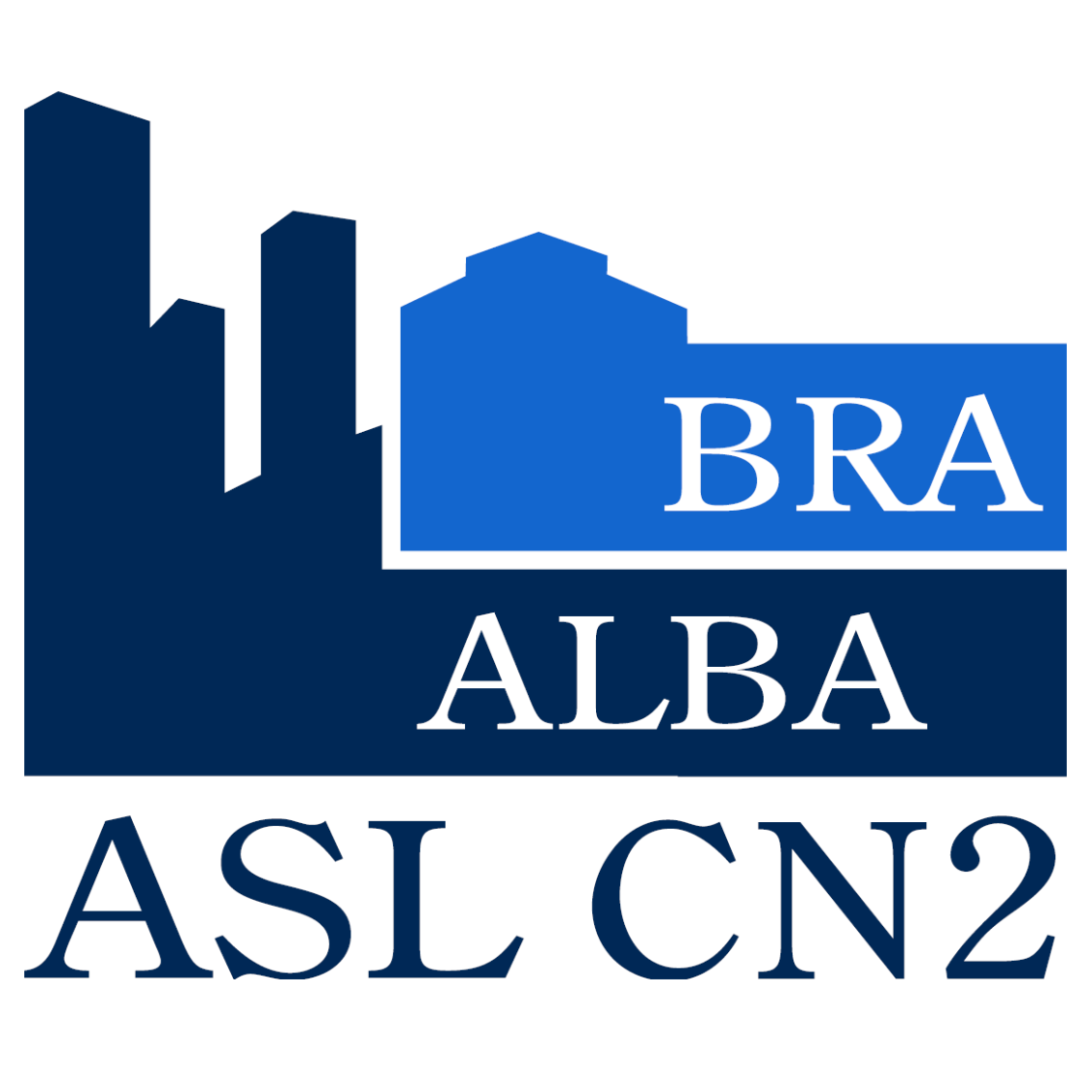Work and Health. Occupational Accidents Among Workers in ASL CN2
DOI:
https://doi.org/10.14672/bepsp2024163-175Abstract
Occupational accidents among ASL CN2 employees were analysed in the national context, showing a significant drop in accidents in the Health sector in 2023, due in part to the pandemic crisis. In 2023, there were 55,427 accident reports in Healthcare, a decrease of 38% compared to 2022. This sector accounts for about 67% of all injuries in this sector, with the pandemic increasing the risk of infection among workers. INAIL data are useful to assess the phenomenon, although comparison with data from individual health authorities is difficult. In Piedmont the situation is similar, with an accident trend influenced by the pandemic. In 2019, 3,114 injuries were recorded, increasing to 20,894 in 2020, then decreasing in 2021 and rising again in 2022 to 14,145 events. In 2023, there were 3,298 accidents, representing 12.80% of the regional total. For ASL CN2, annual accident data are reported, distinguishing between biological and non-biological. In recent years, there has been a decrease in total accidents, although biological accidents increased during the pandemic. In 2023 there were 104 total accidents, of which 38 were biological, showing a decrease in COVID-19 accidents compared to the previous year. Finally, there are differences in the types of injuries, with a prevalence of commuting injuries and a higher incidence in certain departments, such as the emergency room. Over the years, the trend shows a stabilisation of injuries after the pandemic peak period.
Downloads
Published
Issue
Section
License

This work is licensed under a Creative Commons Attribution-NonCommercial-ShareAlike 4.0 International License.
La rivista BE.PSP persegue la politica di sostegno alla circolazione delle idee e del sapere. Gli articoli in essa contenuti sono ad accesso libero e distribuiti secondo i termini della Creative Commons Attribution License: Attribution-NonCommercial-ShareAlike 4.0 International, CC BY-NC-SA. Questa licenza consente agli utilizzatori dei contenuti dell’articolo di distribuire, modificare, adattare e sviluppare il materiale originale su qualsiasi supporto o formato solo per scopi non commerciali, e solo a condizione che venga correttamente attribuita la paternità del materiale originale indicando l’autore dell’articolo originale. Se l'utente modifica, adatta o sviluppa il materiale, deve concedere in licenza il materiale modificato secondo termini identici.





